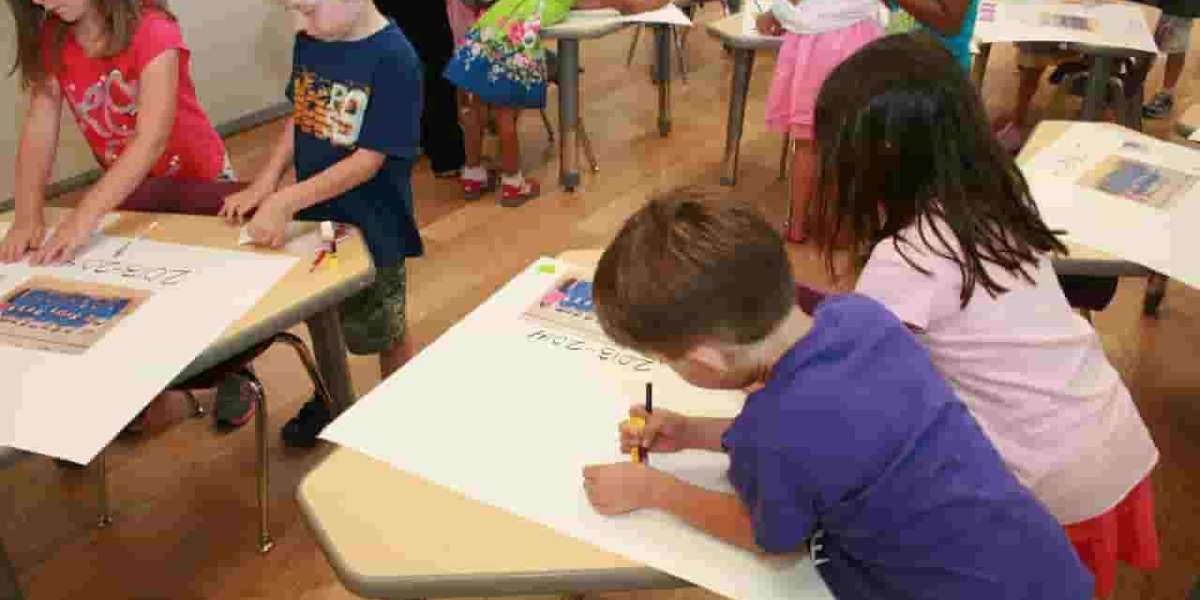The expectation for kids to start writing is getting earlier and earlier all of the time. However, the youngest children don’t have the motor assessments for physical development and need to use the small muscles in their fingers and hands to hold and control a pencil. Writing is a foundational learning skill that requires visual-motor integration, bilateral coordination, midline crossing, etc. It is correct that it is an important skill to master. But how do you get young children started before jumping in with a pencil and paper? Read on for ideas to help kiddos get ready to write without actually writing.
Strengthen Big Muscles First
For a person to write successfully, they need to stabilize their upper arm. If the movement comes from their shoulder joint when they write, they will quickly tire out. Use play to strengthen the upper body. Wheelbarrow walking, crawling, and animal walks all work well for this. For an extra fun activity, tape a big piece of paper to the bottom of a child-sized table. The child can lie underneath it and straighten their arm to paint.
Get Vertical
Tape a piece of paper to a wall or find an easel with a chalkboard or blackboard. Let the child color to their heart’s content. Kids enjoy the novelty of this activity, and it allows for practice with grasping and getting the wrist into the correct position for writing. If this feels tricky, tape a sheet of paper to the wall and let them place stickers on it for a similar effect.
Draw
Creating simple drawings is a great way to work on visual-motor integration skills. Sometimes referred to as hand-eye coordination, visual-motor integration involves using coordinated movements to make marks with intention. Start with easy drawings and work your way up. An excellent progression could be drawing a smiley face, then a person, then a teddy bear. First, demonstrate how to make it so that your child can copy you. Check YouTube or your local library for drawing guides for ideas and inspiration.
Letter Recognition
Letter recognition is a part of learning to write. Point out letters in books, on signs, on blocks, and in their name. Focus on capital letters, to begin with since those are the first letters they will most likely learn to write. Alphabet magnets are a popular exploration item. With adult support, kids can start learning the names of the letters and recognize them.
Write… But Not On Paper
At The Kioko Center, Practice creating letters in new and different ways! Try rolling out Play-Doh letters, making letters with sticks, lines, and curves cut out of paper, Legos, and anything else you have handy. You can make a sensory tray with a box lid and fill it with rice or salt to trace letters. As a bonus, many children are kinesthetic learners, and this activity can help reinforce the other work you do.
Kid-Size Tools
When the concepts and skills are coming together, and your child is ready to start writing letters, use child-sized writing utensils. This promotes the development of a mature grasp. Start with bits of chalk and broken crayons. For older kids, try golf pencils.









